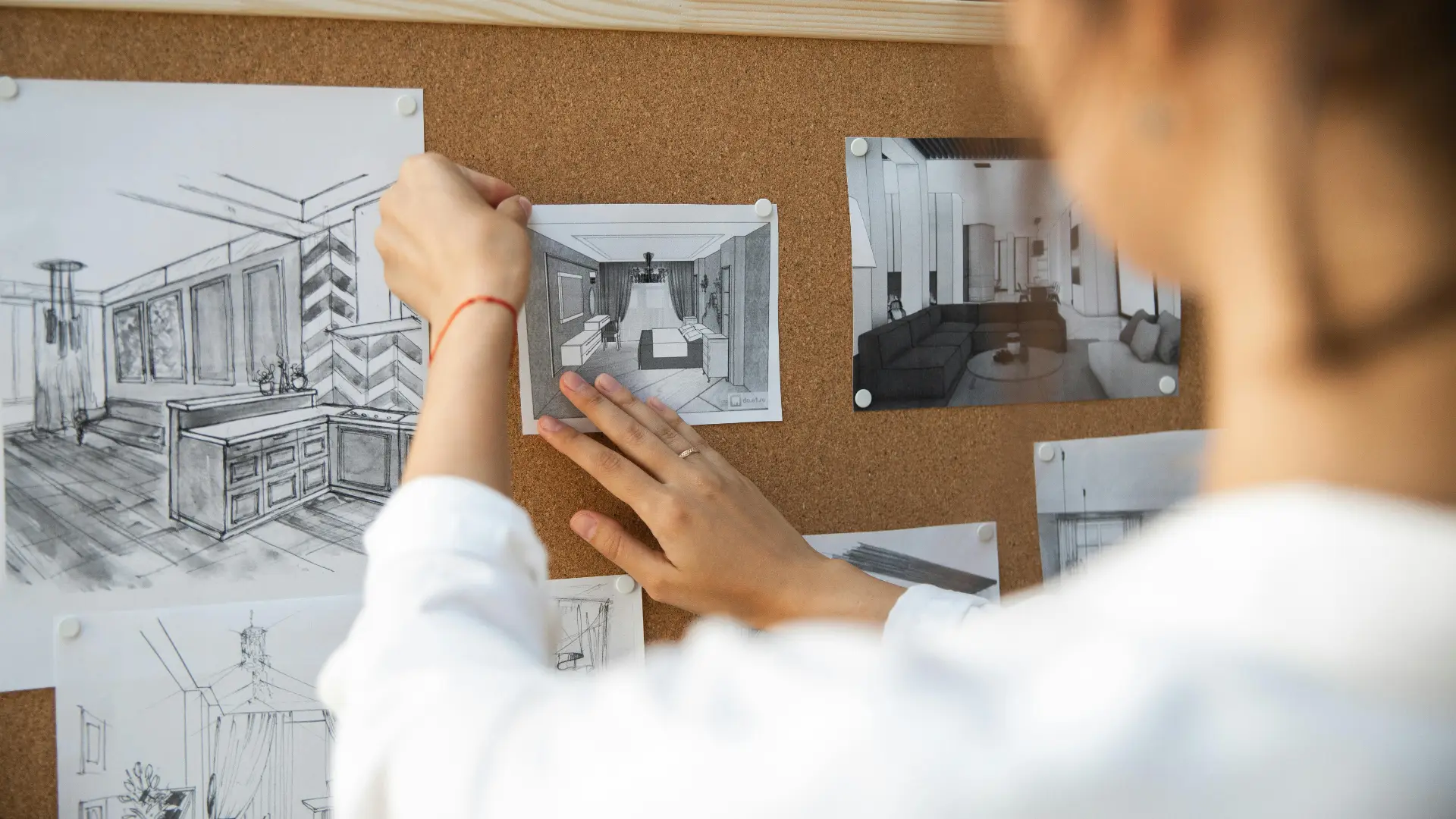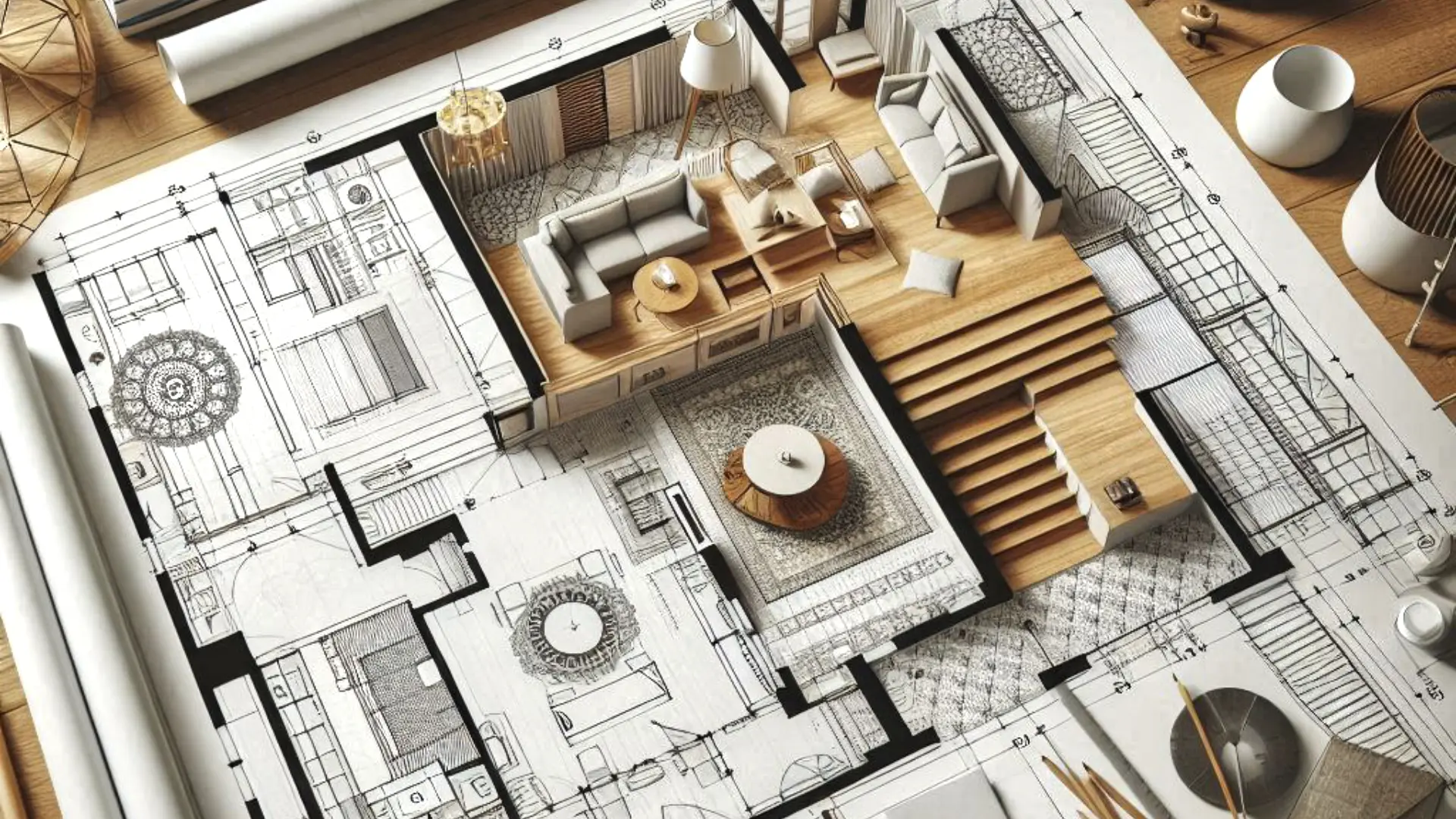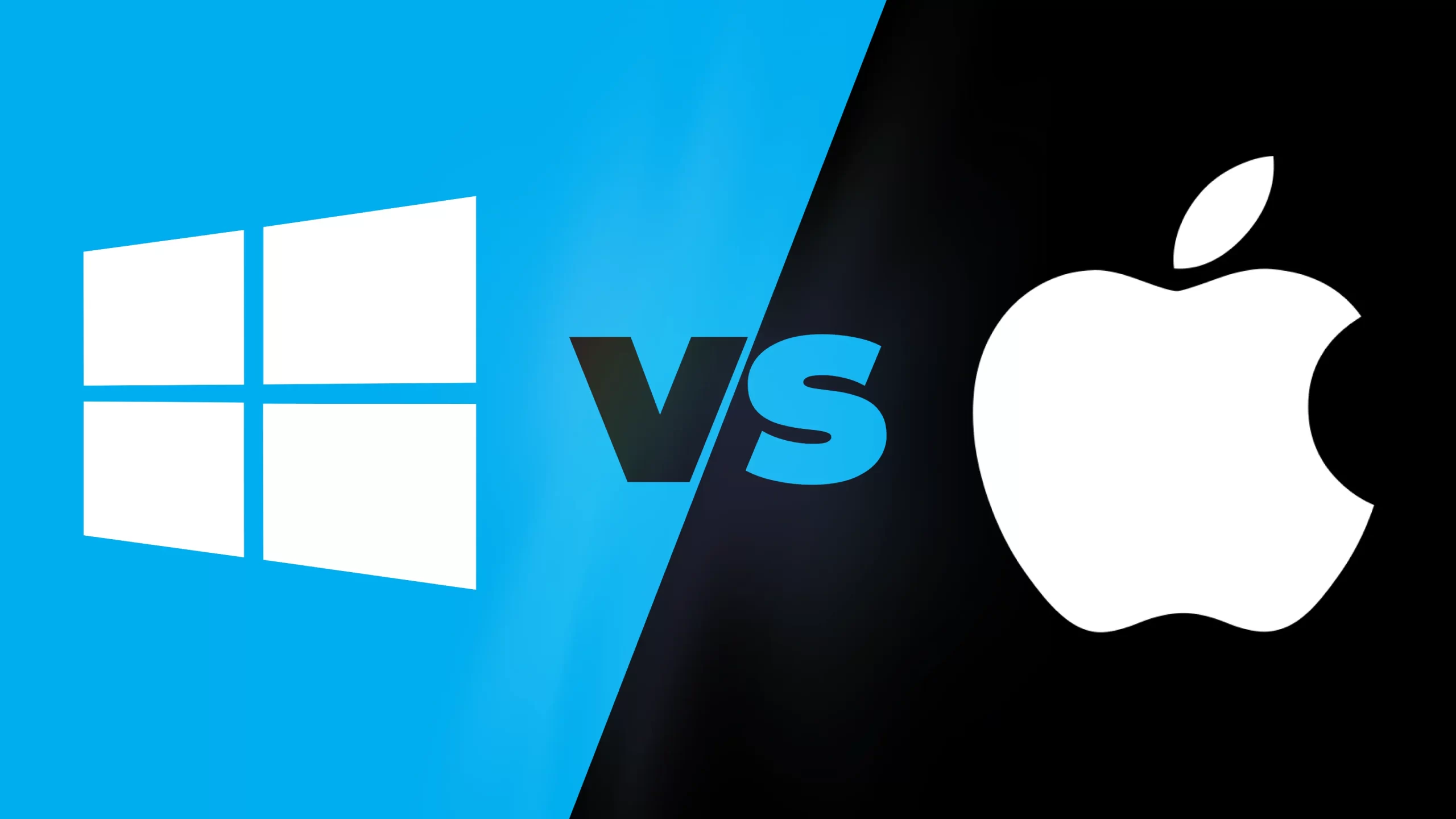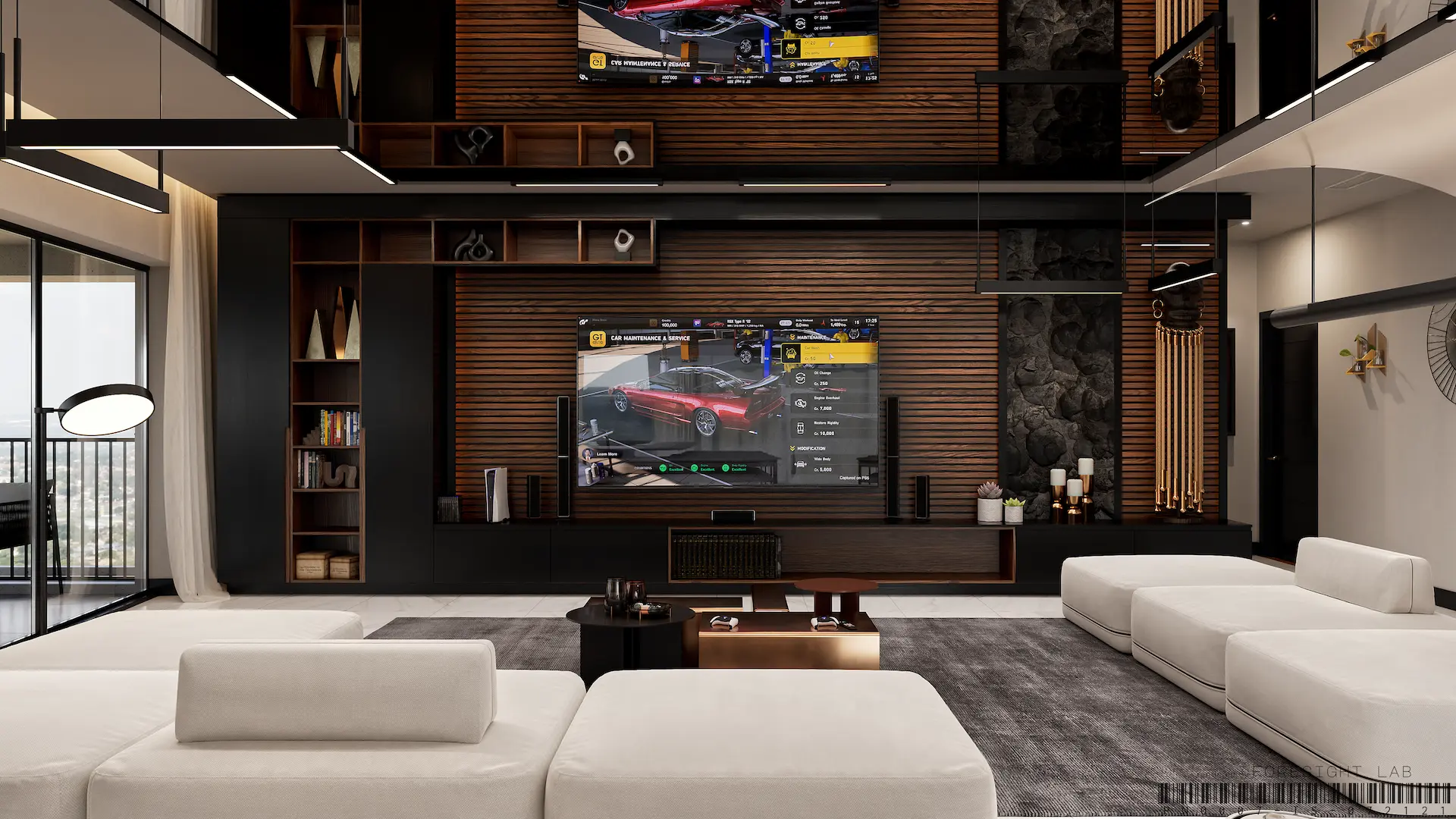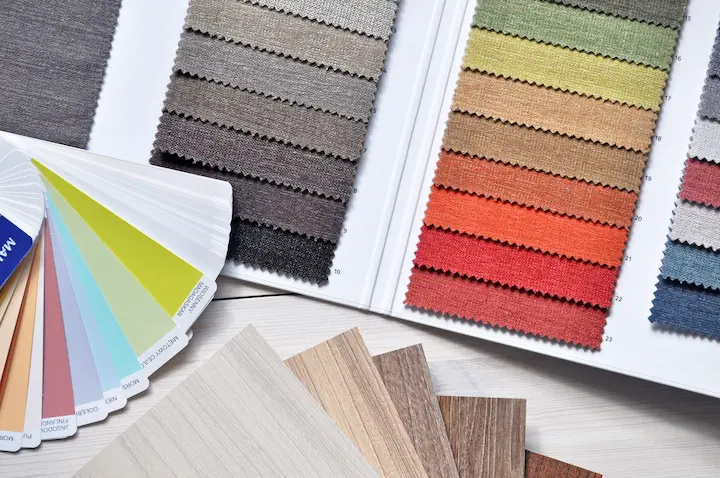Introduction
Interior design has evolved dramatically over the years, with technology playing a pivotal role in transforming how we visualize and create spaces. One of the most groundbreaking advancements in this field is the use of photorealistic interior renderings. These high-quality, hyper-realistic images of interior spaces are not just visually stunning; they are a game-changer for both professional designers and DIY enthusiasts. In this comprehensive blog, we will delve into the myriad ways photorealistic interior renderings enhance home interior design, making it easier, more efficient, and ultimately more fulfilling.
What Are Photorealistic Renderings?
Photorealistic renderings are highly detailed, computer-generated images designed to accurately replicate the look and feel of real-world interior spaces, exteriors, or product designs. These renderings utilize advanced software that meticulously simulates lighting, textures, and materials, resulting in images that are nearly indistinguishable from actual photographs. Creating photorealistic renderings requires sophisticated techniques such as ray tracing and global illumination, making them ideal for high-stakes presentations and marketing efforts.
In contrast, realistic renderings, while still detailed, often employ simpler software and techniques. They focus on conveying a general sense of realism rather than achieving perfect photo accuracy. This makes them practical for projects with tighter deadlines and budgets, and they are commonly used in architectural visualization and client presentations to illustrate overall concepts.
It’s important to note that the terms “photorealistic renderings” and “realistic renderings” are sometimes used interchangeably, even though there are subtle differences in the level of detail and technology involved.
The Magic of Photorealistic Renderings in Interior Design
1. Visual Clarity and Precision
One of the most significant advantages of photorealistic renderings is the unparalleled visual clarity they provide. Unlike traditional sketches or 2D plans, these renderings offer a detailed, three-dimensional view of a space. This clarity helps clients and designers to understand the design fully, visualize spatial relationships and see how different elements interact within the space.
2. Enhanced Communication
Effective communication is crucial in any design project. Photorealistic renderings bridge the gap between the designer’s vision and the client’s understanding. These renderings allow designers to present their ideas in a way that is easily comprehensible, reducing the risk of misunderstandings. Clients can provide feedback more accurately, leading to better collaboration and a more efficient design process.
3. Better Decision Making
With photorealistic renderings, clients can make informed decisions about their interior design projects. These renderings allow them to see exactly how different design choices—such as colour schemes, furniture, and materials—will look in their space. This level of detail helps clients feel more confident in their decisions, reducing the likelihood of costly changes during the construction phase.
4. Realistic Lighting and Shadows
One of the hallmarks of photorealistic renderings is their ability to simulate lighting and shadows accurately. This feature is particularly beneficial in interior design, where lighting plays a critical role in creating the desired ambiance. Designers can experiment with different lighting scenarios and show clients how natural and artificial light will interact with the space at various times of the day.

Check our Photorealistic Renders
5. Material and Texture Accuracy
Photorealistic renderings provide an accurate representation of materials and textures, which is essential for making design choices. Whether it’s the grain of wood, the sheen of a marble countertop, or the texture of a fabric, these renderings capture every detail. This precision helps clients choose the right materials for their projects, ensuring that the final result matches their expectations.
6. Cost and Time Efficiency
Photorealistic renderings can save both time and money in the long run. By providing a clear and accurate preview of the design, these renderings help to identify potential issues early in the process. This foresight allows for adjustments to be made before construction begins, reducing the likelihood of costly changes and delays.
7. Marketing and Presentation Tool
For interior designers, photorealistic renderings are an invaluable marketing and presentation tool. These high-quality images can be used in portfolios, marketing materials, and client presentations to showcase their work. The ability to present stunning, realistic images of past projects can help designers to attract new clients and stand out in a competitive market.
8. Customization and Experimentation
Photorealistic renderings offer unparalleled flexibility for customization and experimentation. Designers can easily modify elements such as furniture, colors, and layouts to explore different design options. This capability allows for creative freedom and helps designers to find the perfect solution for their clients’ needs.
9. Client Engagement and Satisfaction
When clients are actively involved in the design process, they are more likely to be satisfied with the final result. Photorealistic renderings allow clients to engage with the design in a meaningful way, providing feedback and making informed choices. This engagement fosters a sense of ownership and increases the likelihood of a successful project outcome.
10. Bridging the Gap Between DIY Enthusiasts and Professional Designers
Photorealistic renderings are not just for professional designers; they are also a powerful tool for DIY enthusiasts. Homeowners who want to take a hands-on approach to their interior design projects can use these renderings to visualize their ideas and make informed decisions. This democratization of design allows more people to create beautiful, functional spaces without the need for extensive professional help.
Technology & Trends Behind Photorealistic Renderings
Creating photorealistic renderings requires sophisticated software and powerful hardware. Programs such as Autodesk 3ds Max, SketchUp, and Blender are commonly used to create these renderings. These tools allow designers to build detailed 3D models, apply realistic materials and textures, and simulate lighting conditions.
Rendering Engines
Rendering engines are the backbone of photorealistic renderings. Software such as V-Ray, Lumion, and Unreal Engine uses advanced algorithms to calculate how light interacts with objects in a scene. These engines produce high-quality images that capture the nuances of real-world lighting and materials.
Virtual Reality (VR) Integration
Virtual reality is taking photorealistic renderings to the next level. VR allows clients to immerse themselves in a virtual representation of their space, providing a more interactive and engaging experience. This technology enables clients to walk through their designs, explore different viewpoints, and get a true sense of scale and proportion.
Case Studies: Real-World Applications of Photorealistic Renderings
Residential Design
In residential design, photorealistic renderings are used to help homeowners visualize renovations and new builds. For instance, a family looking to remodel their kitchen can see exactly how different layouts, cabinets, and finishes will look in their space. This visualization helps them to make confident decisions and ensures that the final result aligns with their vision.
Commercial Design
Commercial projects also benefit greatly from photorealistic renderings. Designers can create realistic images of office spaces, retail environments, and hospitality venues to present to stakeholders. These renderings help to secure approvals and funding by providing a clear and compelling vision of the completed project.
Real Estate Marketing
In the real estate industry, photorealistic renderings are used to market properties before they are built. Developers can create stunning images of condos, homes, and commercial spaces to attract buyers and tenants. These renderings help potential clients to visualize the property’s potential, increasing the likelihood of a sale or lease.
Future of Photorealistic Renderings
The future of photorealistic renderings is bright, with continuous advancements in technology pushing the boundaries of what is possible. Artificial intelligence (AI) and machine learning are set to revolutionize the rendering process, making it faster and more efficient. These technologies will allow for real-time rendering, enabling designers to make adjustments and see the results instantaneously.
AI-Powered Design Tools
AI-powered design tools are emerging that can assist designers in creating photorealistic renderings. These tools can analyze design trends, suggest materials and layouts, and even automate some aspects of the rendering process. This integration of AI will enhance the creativity and productivity of designers, allowing them to focus more on the conceptual aspects of their work.
Sustainable Design
As sustainability becomes increasingly important in interior design, photorealistic renderings will play a key role in promoting eco-friendly practices. These renderings can help designers visualize and communicate sustainable design choices, such as energy-efficient lighting, recycled materials, and green building techniques. By making sustainable design more accessible and attractive, photorealistic renderings can contribute to a greener future.
Conclusion
Photorealistic interior renderings are transforming the field of interior design, offering unparalleled visual clarity, enhanced communication, and better decision-making capabilities. Whether you are a professional designer or a DIY enthusiast, these high-quality renderings can help you create beautiful, functional spaces that meet your needs and exceed your expectations. As technology continues to evolve, the possibilities for photorealistic renderings are limitless, promising an exciting future for interior design.
Incorporating photorealistic renderings into your design process is not just a trend; it is a powerful tool that can enhance your creativity, efficiency, and overall success. By embracing this technology, you can bring your design visions to life in ways that were once unimaginable, making your home interior design projects more fulfilling and impactful than ever before.

